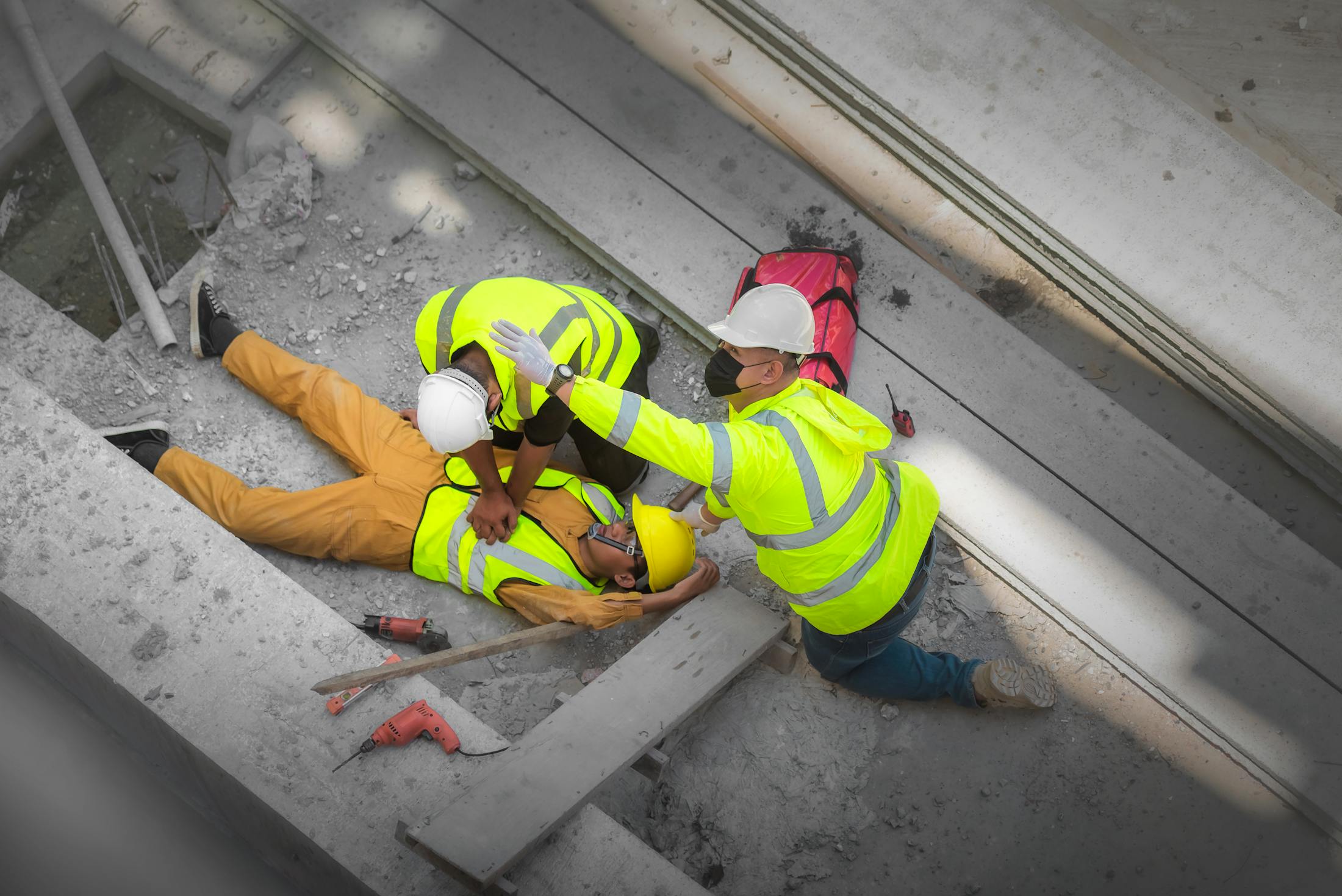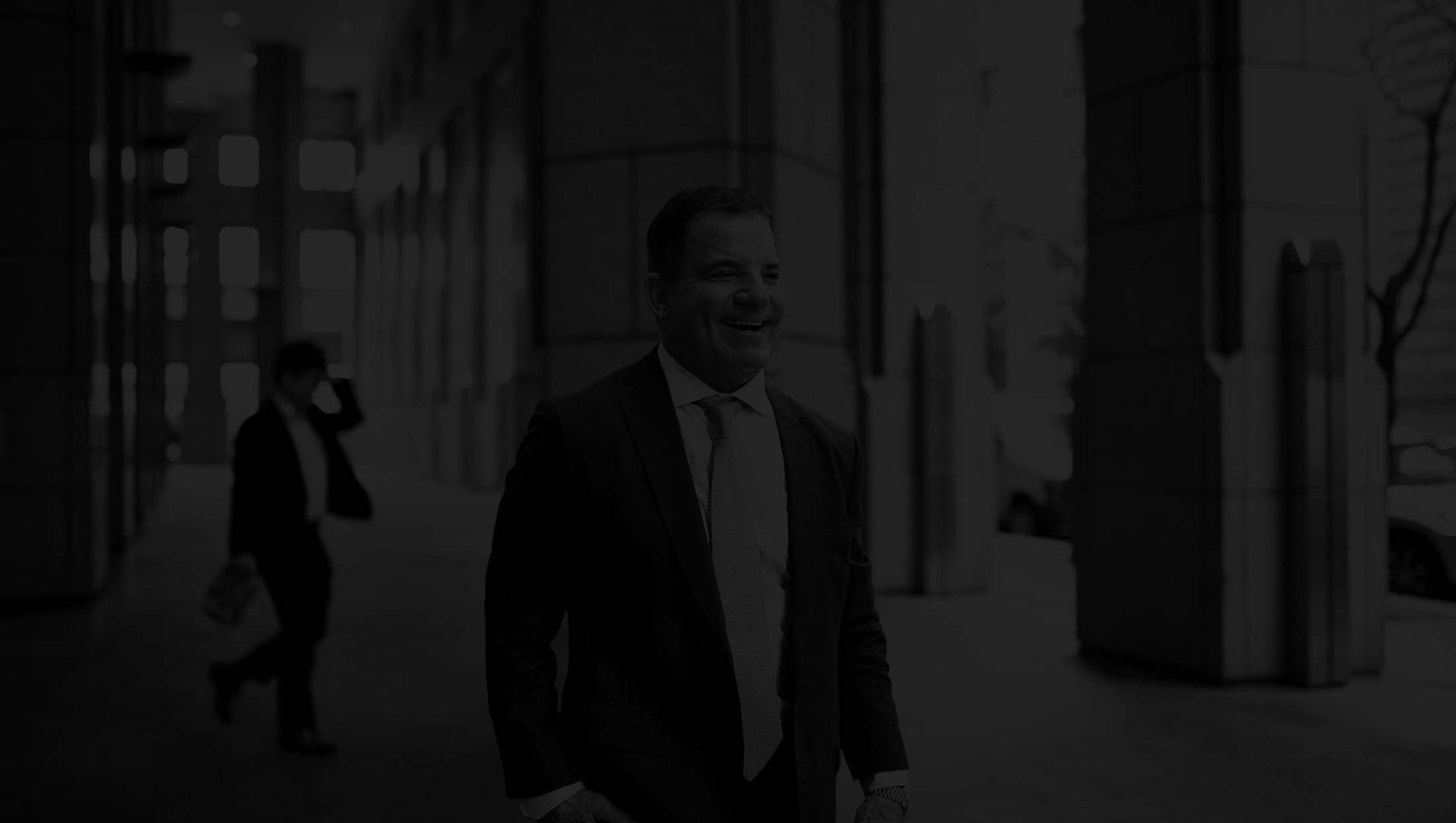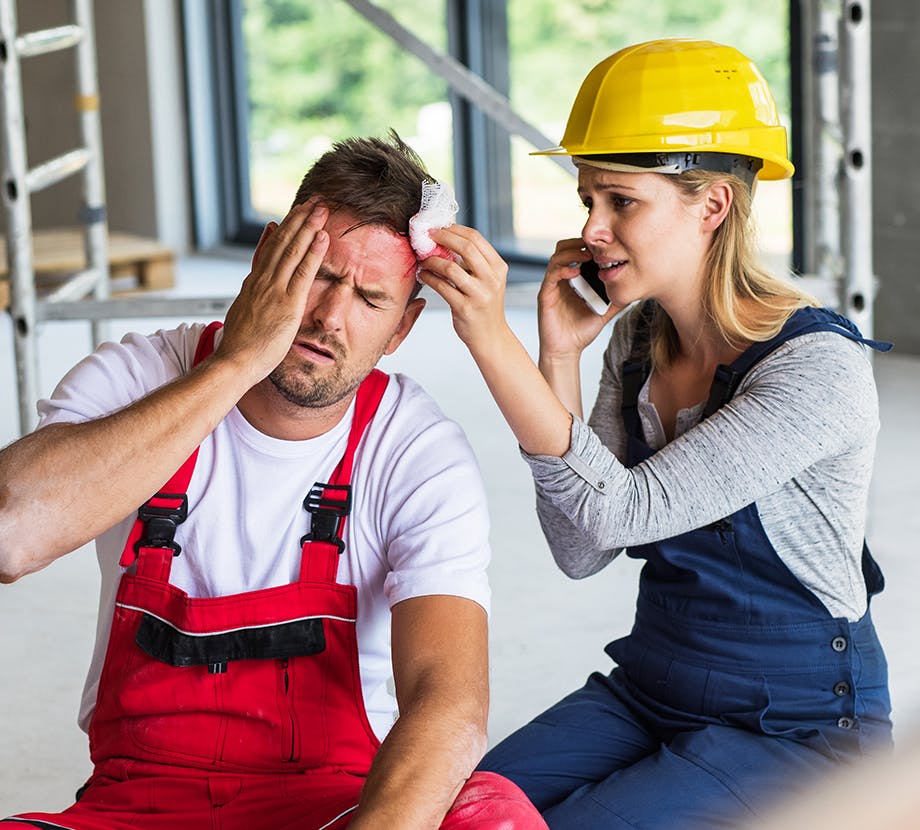Types of Head Injuries in Construction Accidents
The severity of a head injury depends on factors such as the force of impact, the location of the injury, and whether the skull is fractured. The most common types of head injuries in construction accidents include:
- Concussions – A concussion is a mild traumatic brain injury (TBI) caused by a sudden impact or jolt to the head. Symptoms can include confusion, headaches, dizziness, memory loss, and sensitivity to light and noise.
- Skull Fractures – A break in the skull can result from a direct blow to the head. Skull fractures may be classified as linear, depressed, diastatic, or basilar, depending on their location and severity. Symptoms can include swelling, bruising, bleeding from the ears or nose, and severe pain. While some concussions are resolved with rest, repeated concussions can lead to chronic traumatic encephalopathy (CTE) or permanent brain damage. In some cases, skull fractures can lead to brain hemorrhages, permanent vegetative state, or fatal infections.
- Traumatic Brain Injuries (TBI) – A TBI can range from mild to severe and can have long-lasting cognitive, physical, and emotional consequences. Severe TBIs may lead to loss of consciousness, seizures, memory loss, cognitive decline, and difficulty speaking or moving. In some cases, individuals may require extensive rehabilitation, including physical therapy, occupational therapy, and speech therapy, to regain basic functions and improve their quality of life.
- Hematomas and Hemorrhages – Blood clots (hematomas) and internal bleeding (hemorrhages) can occur inside the brain or between the skull and the brain. These conditions can lead to swelling, pressure on the brain, and life-threatening complications.
- Penetrating Head Injuries – Sharp objects, such as metal rods or nails, protruding out of unfinished structures on a construction site can puncture the skull and damage brain tissue, leading to severe neurological impairments or fatal outcomes.






